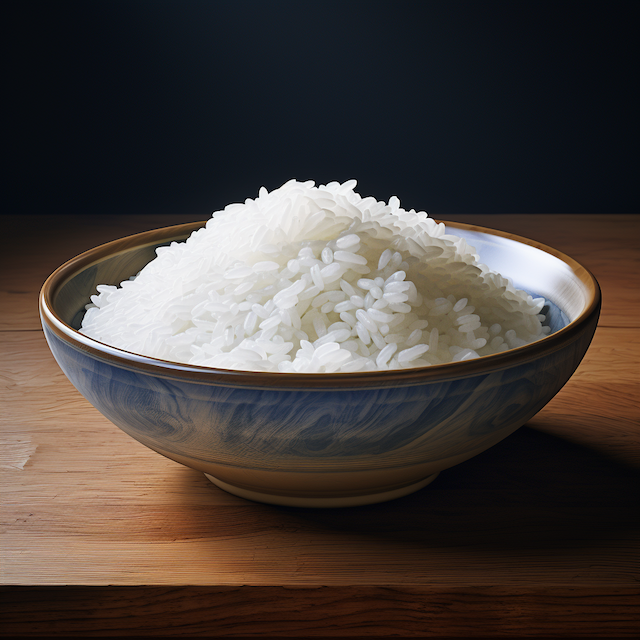Hi there! 🏕️〉 哈囉 🔊 ! 🏕️〉 你好 🔊 !
Welcome to Cantonese! Whether you’re learning this beautiful langauge for the first time, or are just looking to polish your Cantonese skills, you’re in the right place. Today, we start with the fundamentals, and there’s no better starting point than mastering how to say ‘Hello’ in Cantonese.
Cantonese is a vibrant language pulsing with history and culture. It’s spoken in Hong Kong, the financial capital of asia. Cantonese is also found in various communities and Chinatowns all around the world! Cantonese can unlock captivating stories that bring you closer to the hearts of those who speak it. Yet, it all begins with a simple ‘hello,’ forming the basis of any conversation, the key that unlocks a whole world of interactions and relationships. In this blog post, we’re going to unveil the different ways you can greet someone in Cantonese, building your confidence to ensure your first words make a lasting impact! So, let’s kick-start your language journey today, one ‘hello’ at a time.
“Hello” in Cantonese
Hi / 哈囉 (haa1 lo3) / 你好 (nei5 hou2)

Easily enough, many Cantonese Speakers will simply use English to say “Hi” or 🏕️〉 哈囉 🔊 (“Hello”, but with a Cantonese pronunciation).
“Greetings” 🏕️〉 你好 🔊 is also used in Cantonese in more formal contexts, like meeting someone for the first time or talking to an elder.
Like English, in day-to-day life, Cantonese does not have any special gestures like bowing or kissing when greeting someone.
喂 (wai2)

Unlike English, certain languages like Cantonese, Italian, Japanese, and Spanish have a special way of saying Hello when answering the phone. In Cantonese, one would answer the phone with 🏕️〉 喂 🔊 , which is like saying “Yo”.
Responding to “Hello” in Cantonese
Like in English, in Cantonese you can simply respond to a “Hello” with the same “Hello”, followed by a “How are you?” (see below).
“How are you?” in Cantonese
你點呀?(nei5 dim2 aa3) / 你好嗎? (nei5 hou2 maa3)
In Cantonese, “How are you?” can be asked with:
🏕️〉 你點呀 🔊
This phrase can also be built on to ask “How are you lately?”:
🏕️〉 你最近點呀 🔊
Whilst 🏕️〉 你點呀 🔊 (literally “You How ?”) is the natural way of asking “How are you?” in Cantonese. In formal contexts, you could use 🏕️〉 你好嗎 🔊 (literally “You Good ?”).
食咗飯未呀?(sik6 zo2 faan6 mei6 aa3)

🏕️〉 食咗飯未呀 🔊 literally translates as “eaten rice yet?”. This phrase, “Have you eaten yet”, is a popular way of asking “How are you” in Cantonese. It is often used around meal times.
好耐冇見 (hou2 noi6 mou5 gin3)
🏕️〉 好耐冇見 🔊 is literally “Long time no see”. It can be followed up with any “How are you?” phrase like “你最近點呀?”
Responding to “How are you?” in Cantonese
In Cantonese, you can reply to “How are you?” with:
- 🏕️〉 好好 🔊 – good
- 🏕️〉 幾好 🔊 – pretty good
- 🏕️〉 唔錯 🔊 – not bad
- 🏕️〉 麻麻地 🔊 – so-so
- 🏕️〉 唔好 🔊 – not good
Then you can also add a “…, and you?” to this.
- 🏕️〉 你呢? 🔊 – and you?
So if someone asks you “你點呀?”, you might respond with “唔錯, 你呢?”
“Good Morning, Good Afternoon, Good Evening” in Cantonese

Good Morning
早晨 (zou2 san4) literally “Early Morning”, can be used to greet someone in Cantonese. Use 🏕️〉 早晨 🔊 in the same situations you would say “Good Morning” in English.
Good Afternoon & Good Evening
Cantonese simply uses a “Hello” (like Hi, 🏕️〉 哈囉 🔊 , or 🏕️〉 你好 🔊 ) for the rest of the day. In formal contexts you might hear 🏕️〉 午安 🔊 – Good afternoon, and 🏕️〉 晚安 🔊 – Good evening, but this is not typical. Generally, you’ll be fine with “Hi”, 🏕️〉 哈囉 🔊 , or 🏕️〉 你好 🔊 .
Wrapping up
I hope this guide enriches your understanding of Cantonese greetings. We’ve explored how to confidently say ‘Hello’ in Cantonese, a critical first step in connecting and conversing. Embrace any mispronunciations and errors as stepping stones, not stumbling blocks.
Remember, mastering a language extends beyond grammar and vocabulary; it involves appreciating its culture and history. As you practice these phrases, you’re dipping your toe into the vast ocean of Cantonese-speaking worlds. Stay tuned as we dive deeper into this fascinating language. Until then, go forth and greet the world in Cantonese— you’ll be amazed at the warmth of response. Keep learning and exploring!
